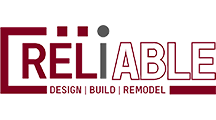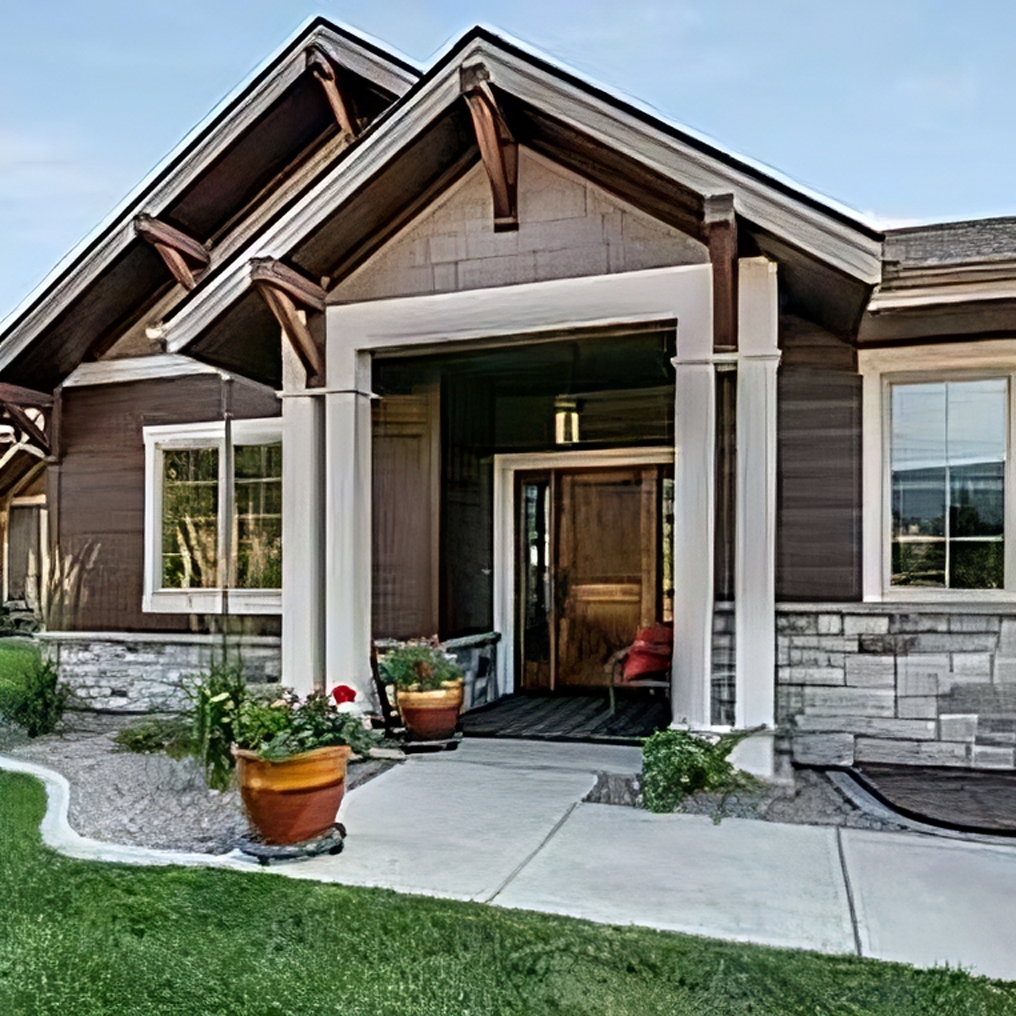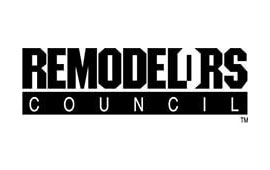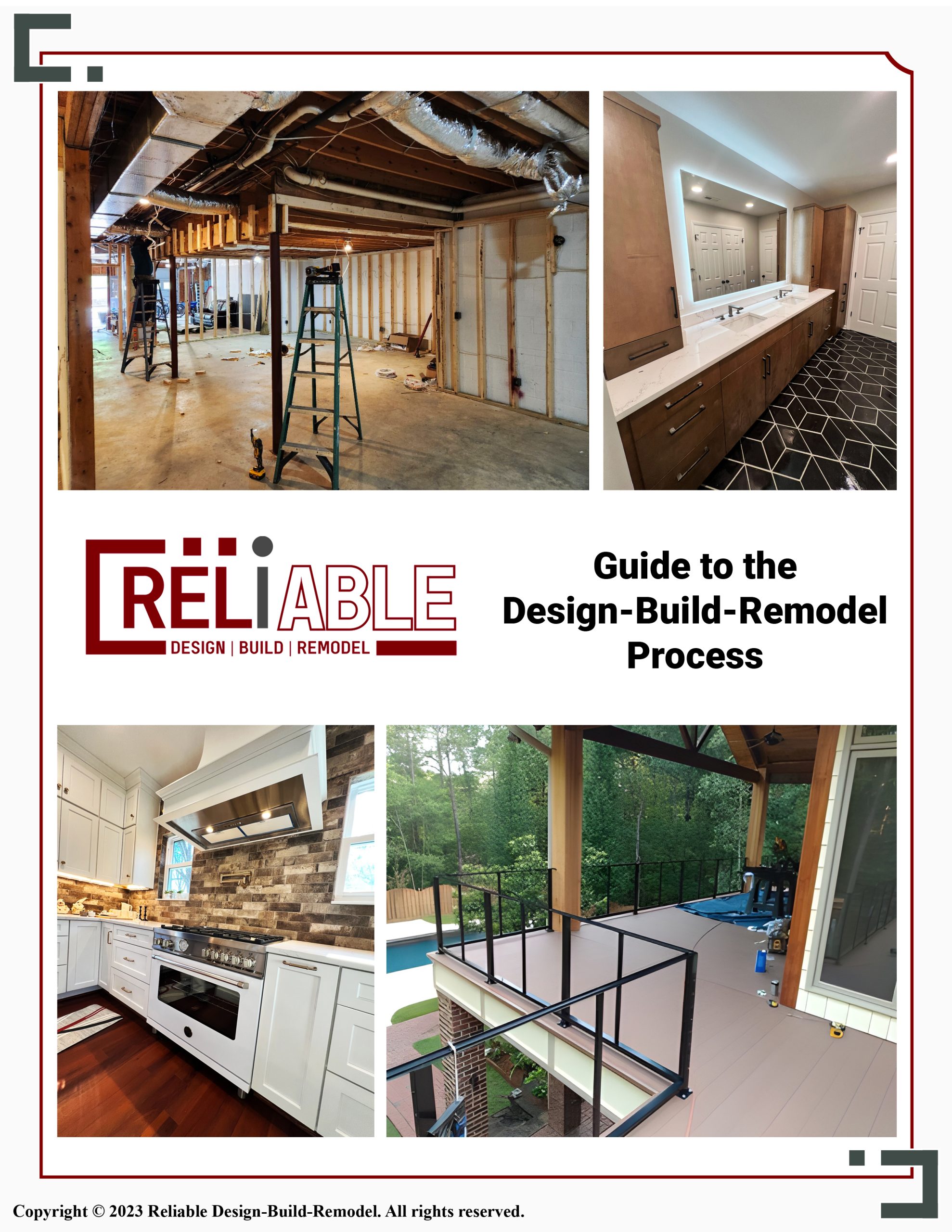Replacing your siding is a significant home improvement project that can enhance your home’s curb appeal, increase energy efficiency, and protect against weather damage. However, determining the cost of siding replacement can be complex due to various factors. Here’s a breakdown of what influences the overall cost and what you should consider when planning your siding replacement project.

Factors Affecting Siding Replacement Costs
1. Type of Siding Material
The material you choose plays a major role in the cost of replacing your siding. Common options include vinyl, wood, fiber cement, and metal. Each material comes with its own set of advantages and price ranges. For example, vinyl siding is generally more affordable and low-maintenance, while wood siding offers a classic look but requires more upkeep.
2. Size of Your Home
The size of your home directly impacts the amount of material needed and the labor required for the project. Larger homes will naturally require more siding material and more time to complete the installation, leading to higher overall costs.
3. Labor Costs
Labor costs can vary depending on your location and the complexity of the installation. Experienced contractors may charge more, but their expertise can ensure a higher-quality job. Additionally, if your home has unique architectural features or if the old siding needs to be removed, labor costs may increase.
4. Preparation and Repairs
Before installing new siding, any underlying issues with your home’s exterior, such as rot or structural damage, must be addressed. These repairs can add to the overall cost but are crucial for ensuring the longevity and effectiveness of your new siding.
5. Insulation and Add-Ons
Adding insulation under your new siding can improve your home’s energy efficiency but will also increase the project’s cost. Other add-ons, such as trim, soffits, and fascia, can also contribute to the overall expense.
Tips for Budgeting Your Siding Replacement
-
Get Multiple Quotes: Contact several contractors to get detailed estimates. This will give you a better understanding of the market rate and help you identify any outliers.
-
Plan for Contingencies: Set aside an additional 10-15% of your budget for unexpected costs that may arise during the project.
-
Consider Long-Term Value: While it might be tempting to choose the cheapest option, investing in higher-quality materials and experienced contractors can save you money in the long run by reducing maintenance costs and increasing your home’s value.
Let’s transform your home with high-quality, durable siding. Contact Reliable Design-Build-Remodel at (205) 988-9194 or fill out our contact form for a free estimate.















